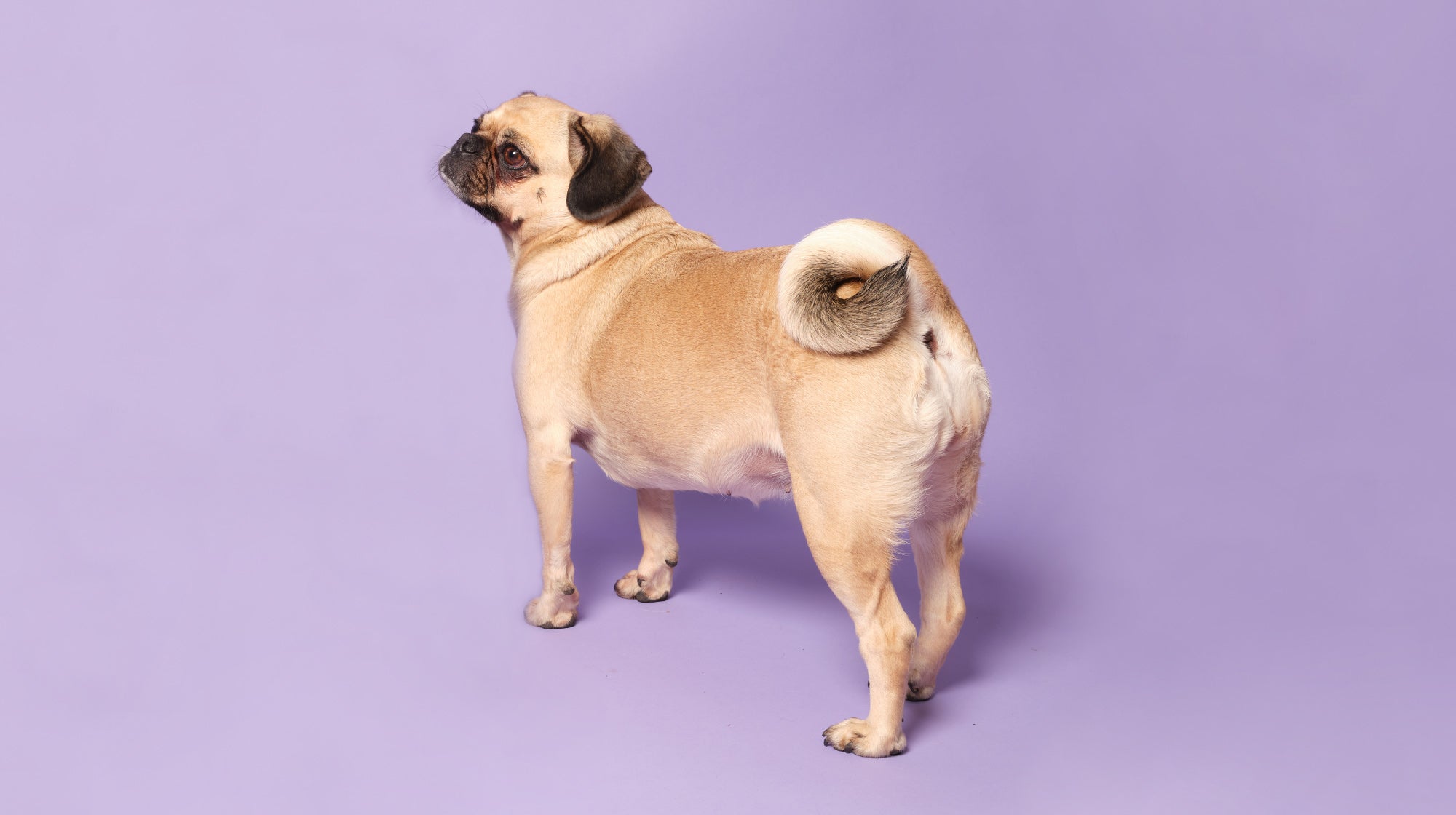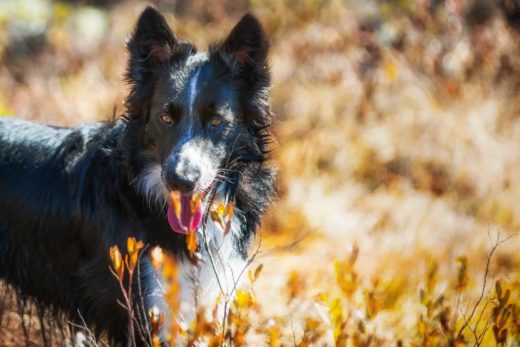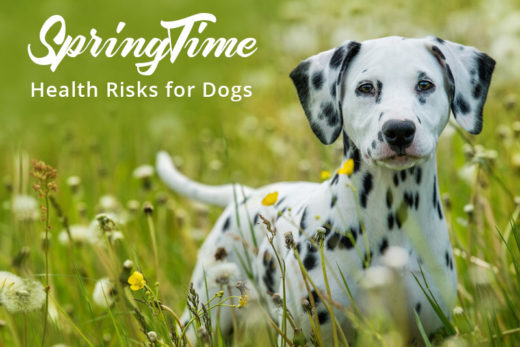
Most non dog owners will never have heard of an anal gland but, for us pet parents, they can be quite important. For some individual pets, anal glands can become problematic and it is important that owners are aware of what they are and what can go wrong with them.
What are anal glands in dogs?
As humans do not have anal glands, many of us are unfamiliar with what they are. They are small sacs; about the size of a cherry, that sit inside the anus. If we were to say the anus was a clock face, the glands are found at about 4 and 8 o’clock.
The sacs are lined with sebaceous glands and they produce a strong, foul-smelling liquid that dogs use to mark territory and communicate with other dogs in the vicinity.
Anal glands cannot be seen externally and can only be felt by inserting fingers into the anus. This is done with a gloved hand, using lubricant to minimise discomfort.
What are the most common problems with anal glands in dogs?
-
Impacted anal glands in dogs
Sometimes, the fluid inside the gland is not expressed and it builds up, causing a blockage.
-
Dog anal gland infections
The gland can become infected, leading to discomfort, an elevated temperature and swelling of the gland.
-
Dog anal gland ruptured abscesses
An advanced infection can cause the gland to swell with pus and to then ulcerate onto the skin. The owner will see a small hole in the skin that is oozing blood and pus.





